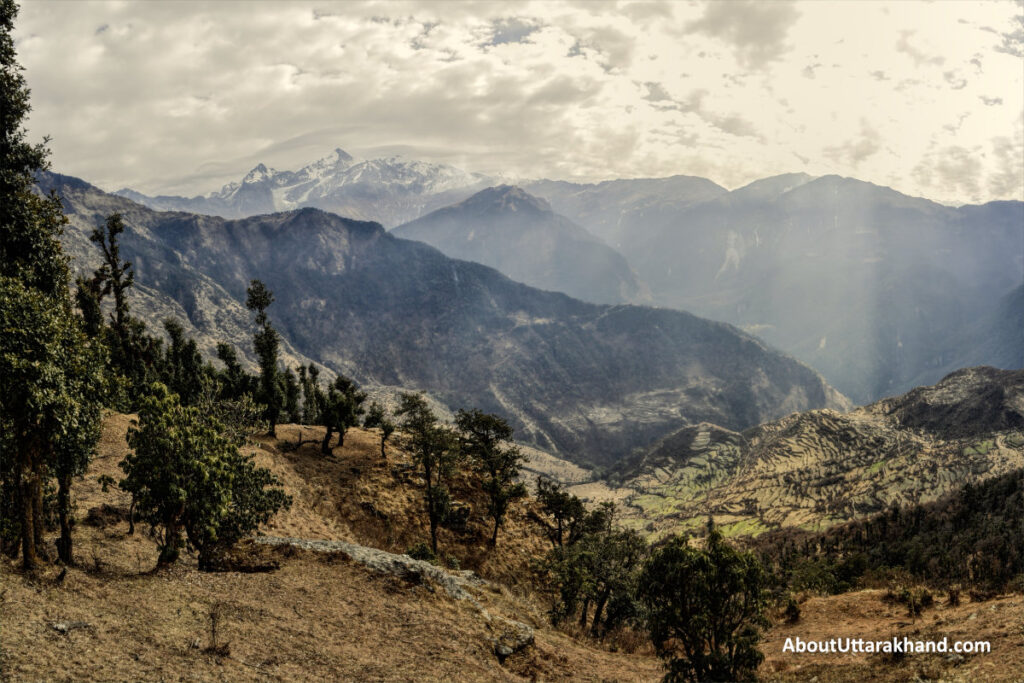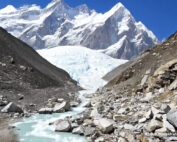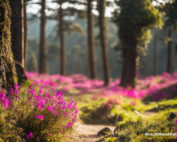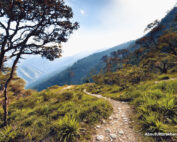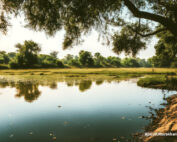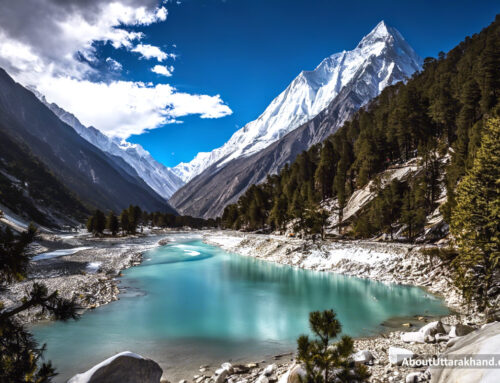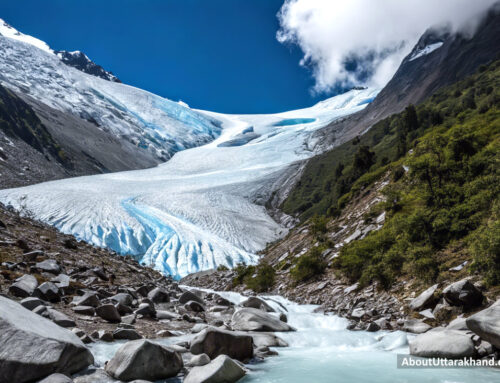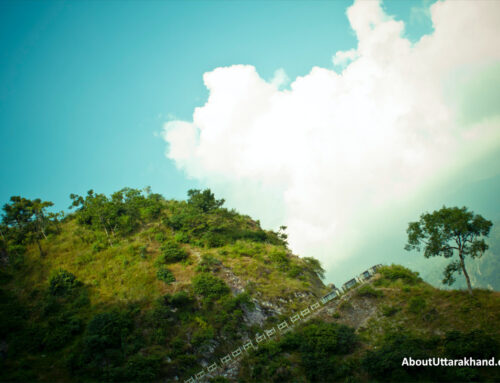Valley Of Flowers Trek
An unforgettable and colorful adventure, the Valley of Flowers Trek in Uttarakhand, India, takes travelers to a floral wonderland in the heart of the unspoiled Garhwal Himalayas. This hike provides the ideal combination of ecological relevance, adventure, and the amazing natural beauty that the alpine meadows and vistas are known for.
Table of Contents
Valley Of Flowers TrekDetails About Valley Of Flowers Trek
History Of Valley Of Flowers Trek
Best Time To Reach Valley Of Flowers Trek
How To Reach Valley Of Flowers Trek
Places To Visit Near Valley Of Flowers Trek
To Conclude

Trekking - Valley Of Flower Trek | Photo Credit: AboutUttarakhand.com
Details About Valley Of Flowers Trek
Valley of Flowers, a Floral Paradise Trekking, is a trip into a floral paradise where hikers may see a rainbow of blooms. The route takes hikers through flower-filled meadows, verdant woods, and rushing streams, giving them a taste of the incredible vegetation that can be found in the Himalayas.
Starting from Govindghat, trekkers go through lovely communities like Ghangaria on their way to their destination. The ascent is gentle, and along the way you'll see snow-capped mountains and gushing rivers. The stunning Valley of Flowers is only accessible by a series of wooden bridges and rough trails that trekkers must negotiate.
The Valley of Flowers is an amazing destination and a high point of the hike. The valley, which is around 87 square kilometers in size, is covered with a beautiful assortment of alpine flowers, such as Himalayan blue poppies, primulas, and orchids. The contrast of the tall mountains and the vivid colors of the flowers make for a magnificent scene.
The Valley of Flowers is a well-known biodiversity hotspot because the route winds through a wide variety of habitat types. The flora and wildlife that trekkers may encounter range from the common to the critically endangered. Because of the valley's natural value, it has been designated as a UNESCO World Heritage Site.
Interactions with Local Cultures: Trekkers may meet friendly people from all over the world in the welcoming villages of Ghangaria, located along the trail. This adds a cultural component to the journey as you learn about the locals' beliefs, practices, and customs via conversation.
Views of the neighboring Himalayas, particularly Ratban Parvat and Nilgiri Parvat, are stunning from the Valley of Flowers Trek. Hikers may experience moments of peace and inspiration thanks to the spectacular sunrises and sunsets that occur against these mountains.
The months of July through September are ideal for completing the Valley of Flowers Trek. During these weeks, the valley is at its most colorful and vibrant, thanks to the abundance of flowers. Beautiful weather and a spectacular flower show await hikers at this time of year.
The hike encourages hikers to respect and appreciate the fragile ecology of the Valley of Flowers, so contributing to conservation efforts and raising awareness about environmental issues. Using environmentally responsible hiking techniques is crucial for keeping the region's natural splendor and rich biodiversity intact.
History Of Valley Of Flowers Trek
British climber Frank Smythe is credited with discovering the valley in 1931 and therefore inspiring the journey. Through his articles and images, he shared the valley's breathtaking flora with the rest of the globe. The locals' belief that the valley is home to fairies and old deities is another important part of the trek's heritage.
Participants in the hike will pass through a landscape that has been transformed by the hundreds of different kinds of flowers that grow there. The valley's long history attests to the significance of maintaining the area's rare biodiversity and fragile natural balance.
Best Time To Reach Valley Of Flowers Trek
The best time to hike the Valley of Flowers is between the months of July and September. The valley is at its most beautiful during these months. Hikers will see a riot of color in the form of flowers against the snowy peaks of the Himalayas.
How To Reach Valley Of Flowers Trek
| By Road |
Take National Highway 9 west from Delhi to reach Joshimath. You may begin the Valley of Flowers Trek from Govindghat, which is a short drive from Joshimath. |
| By Train |
If you take a train to the Rishikesh railway station, you will be able to access the road path that was previously indicated. |
| By Air |
In order to reach Govindghat from the sky, you will initially have to touch down at the Jolly Grant Airport in Dehradun. |
Places To Visit Near Valley Of Flowers Trek
| Joshimath |
Joshimath is a town of tremendous spiritual significance and unsurpassed natural beauty. It is located in the Chamoli district of Uttarakhand, and it serves as the district headquarters. This tranquil village serves as a gateway to the spiritual pilgrimage destinations of Badrinath and Hemkund Sahib and as a base for hikes into the lovely Valley of Flowers. It is situated at an elevation of around 1,890 metres (6,200 feet) above sea level. Joshimath is frequently referred to as the "Winter Seat of Lord Badri" due to its affiliation with the Badrinath Temple, which is one of the Char Dham pilgrimage locations for Hindus. |
To Conclude
Finally, the Valley of Flowers Trek is an exciting and life-altering adventure that gives travelers a rare opportunity to see the majestic majesty of the Himalayas and the valley's bright floral sceneries up close and personal. It mixes excitement with ecological relevance and cultural discovery, giving hikers a new appreciation for the fragile balance of nature's treasures and a lifetime of memories. Those looking for a one-of-a-kind, deeply moving experience in the middle of one of the world's most breathtaking natural wonders will find plenty to love about this hike.


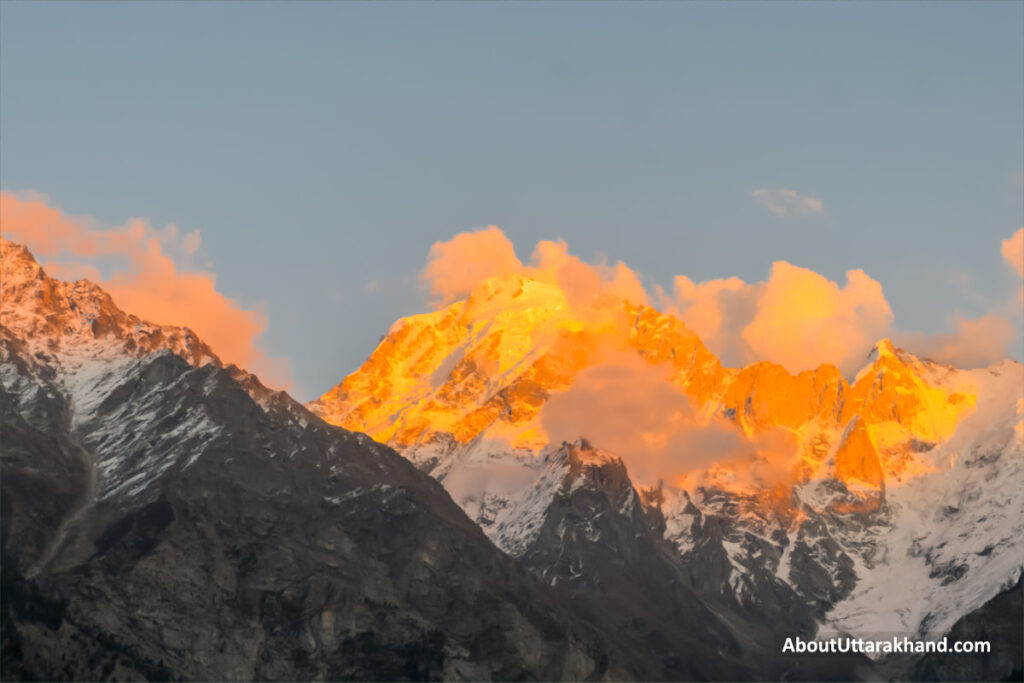
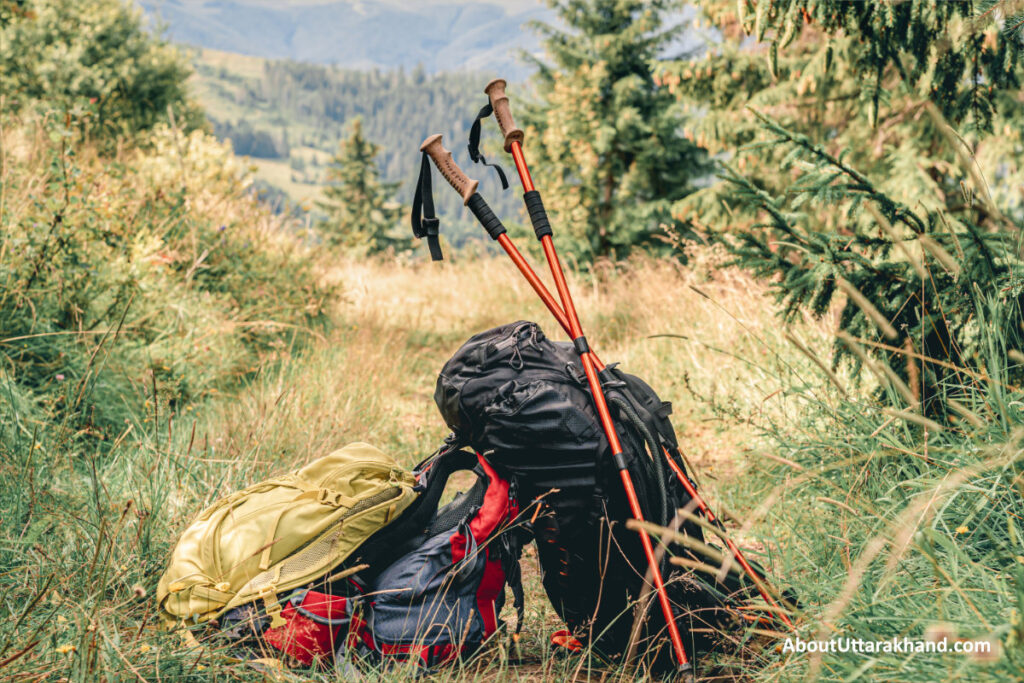
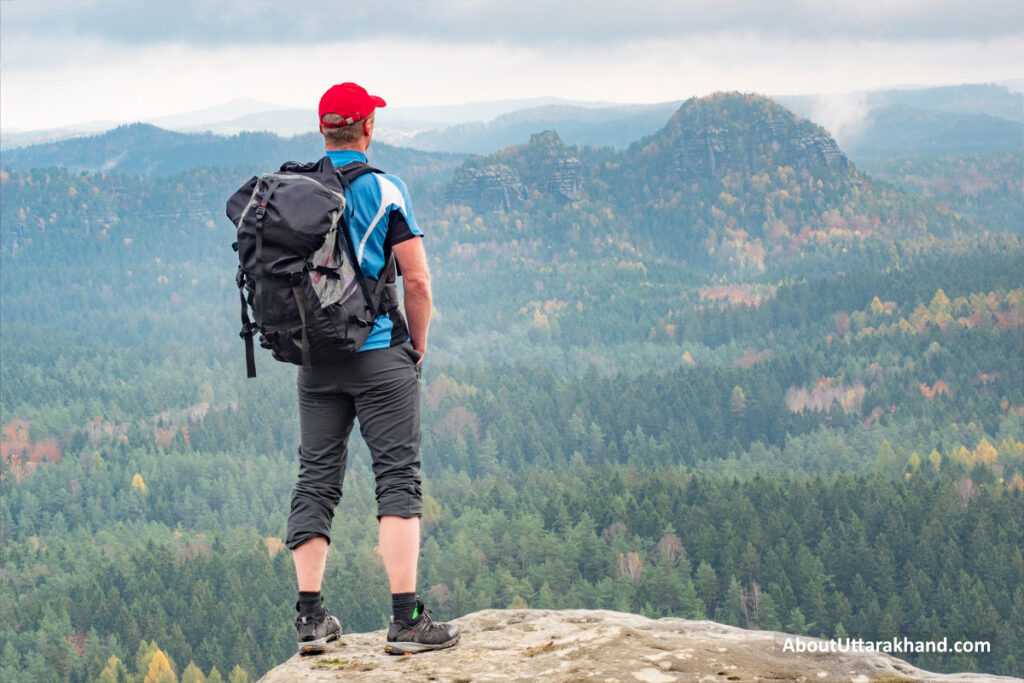
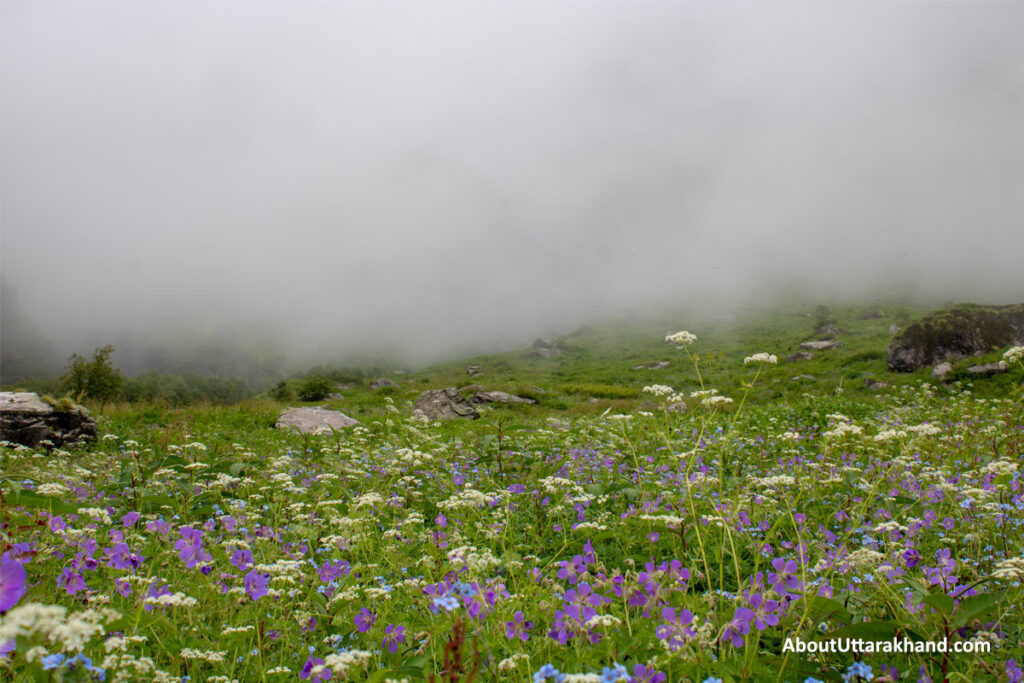
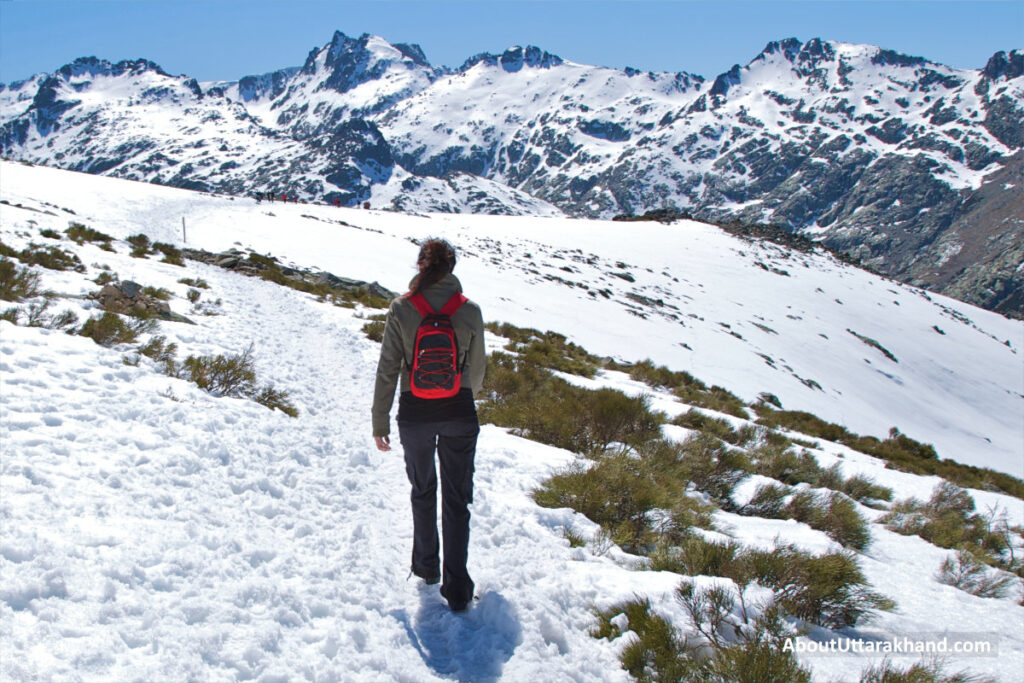
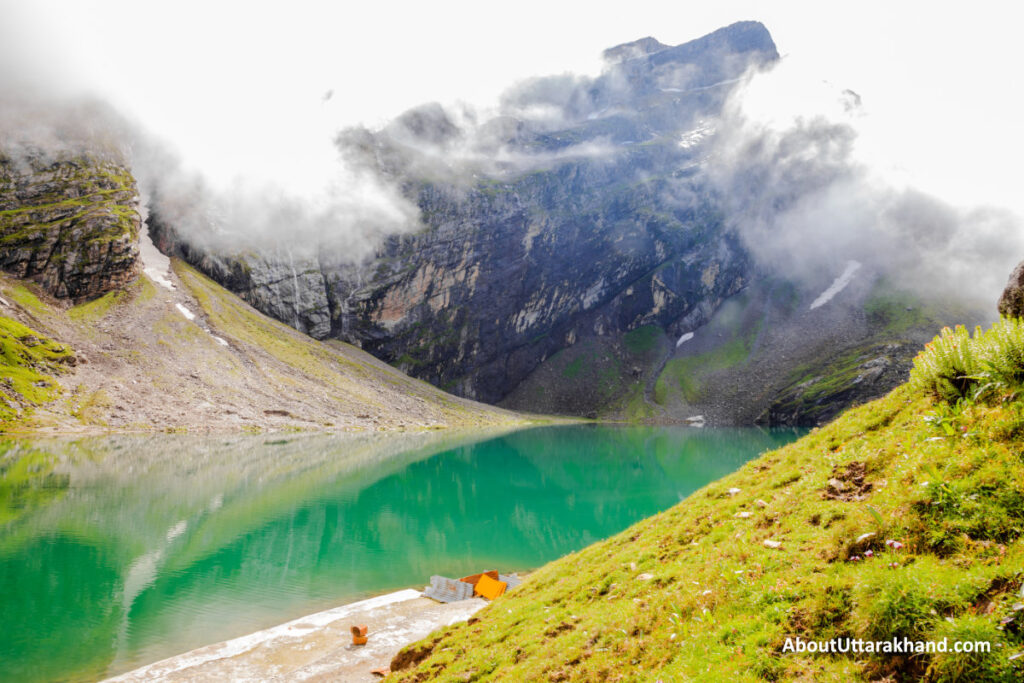

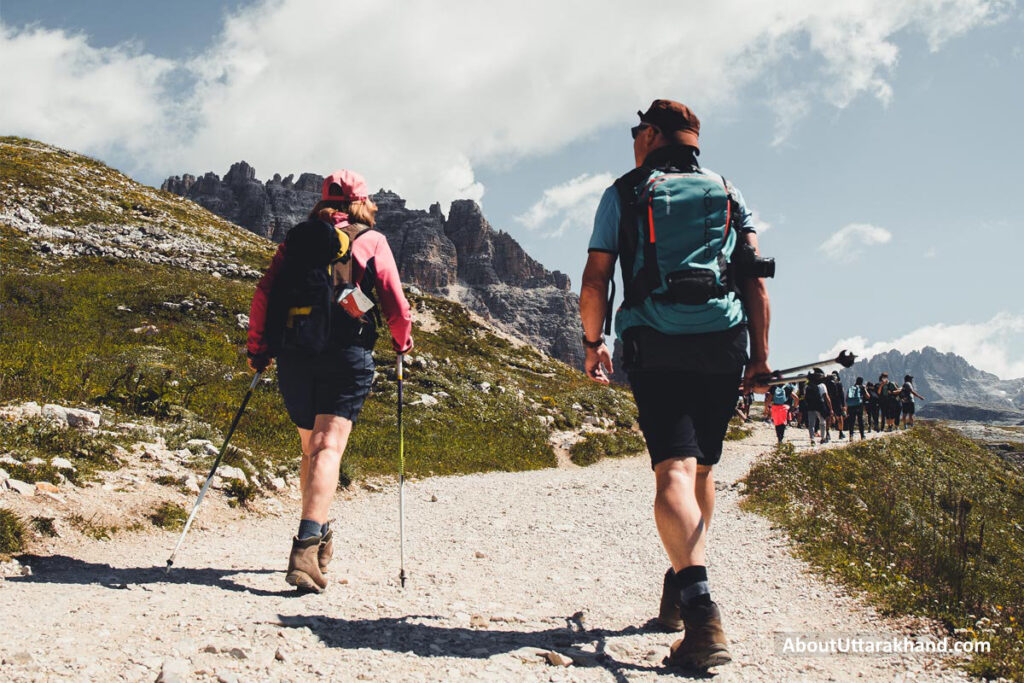

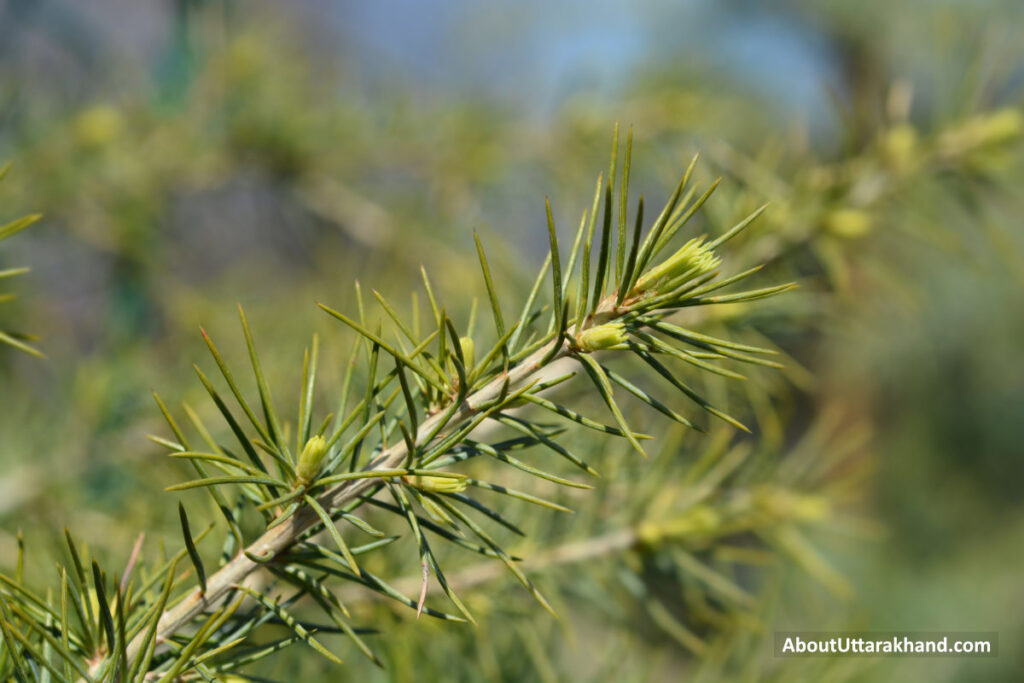

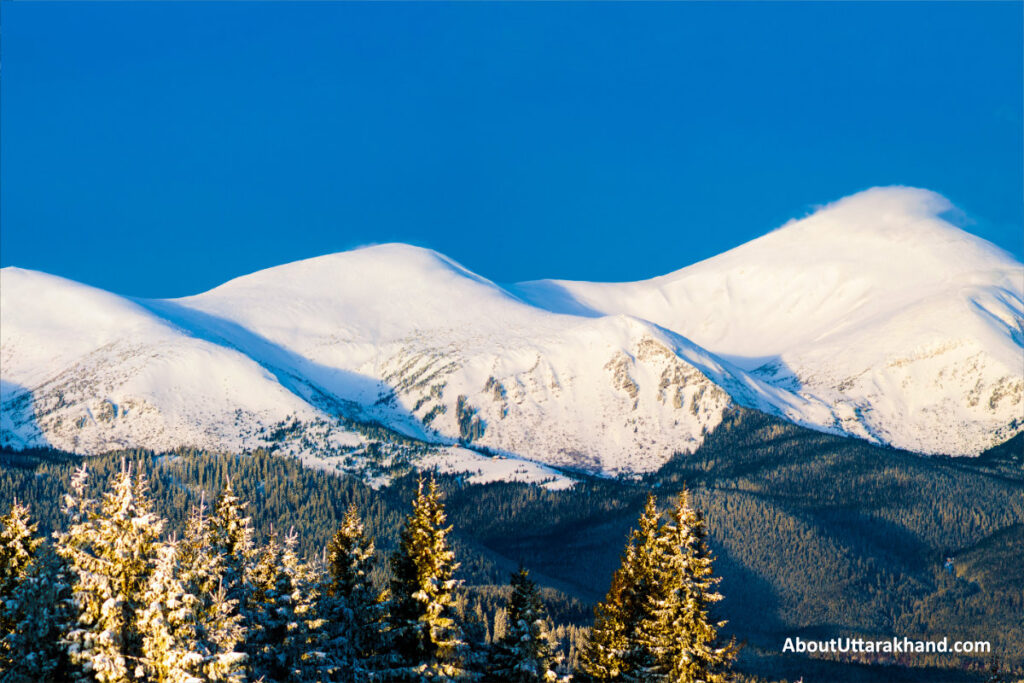

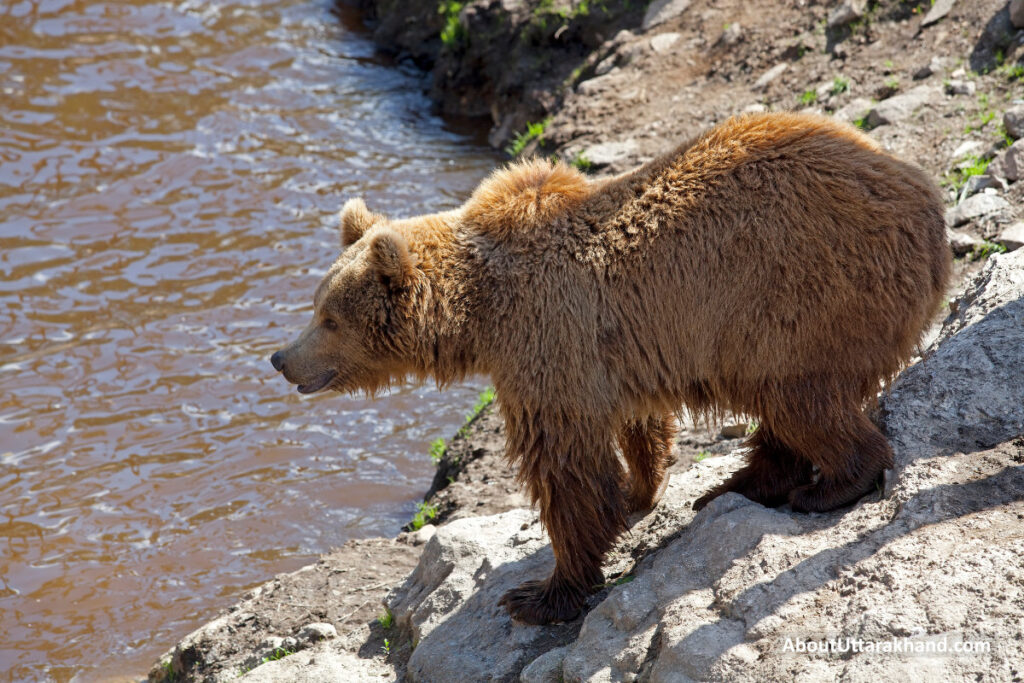

Belle Fable, keeps your trend ahead!
Gaumukh Glacier
The stunning Gaumukh Glacier, in the Uttarkashi region of Uttarakhand, India, is situated close to Gangotri and framed by the towering Garhwal Himalayas. Glaciers like this one attract tourists, hikers, and nature lovers from all over the globe because of the deep religious significance they have for Hindus as the headwaters of the holy Ganges River. The ascent to Gaumukh is an adventure in body and spirit, providing an opportunity to commune with the holy and the natural world.
Nandhaur Wildlife Sanctuary
The Nandhaur Wildlife Sanctuary is a haven for wildlife and stunning scenery, set in the tranquil hills of Uttarakhand. This sanctuary, in the Nainital District close to Haldwani, is a paradise for people who appreciate nature and animals. Its varied habitats, which include grasslands, ponds, and thick forests, have earned it recognition across its 269 square kilometers of territory.
Sonanadi Wildlife Sanctuary
The Sonanadi Wildlife Sanctuary invites animal lovers and nature lovers to come and enjoy the quiet beauty of Uttarakhand's serene surroundings. Hidden in the Nainital District, not far from Nainital, lies a refuge that begs to be discovered. Its varied wildlife and flora make this area, which covers around 301.18 square kilometers, a popular destination for ecotourists and those interested in biodiversity.
Binsar Wildlife Sanctuary
The Binsar Wildlife Sanctuary is a haven for wildlife and a monument to Uttarakhand's rich biodiversity, is situated in the picturesque Kumaon Himalayas. Nature lovers and wildlife aficionados will find this refuge, situated near Almora in the Almora District, to be a paradise. Covering about 47.04 square kilometers, it is famous for its verdant forests, varied fauna, and breathtaking views of the Himalayan mountains in the distance.
Tawaghat Wildlife Sanctuary
The Tawaghat Wildlife Sanctuary is a haven for adventurers and ecotourists, tucked away in the foothills of the towering Himalayas. This hidden gem of a sanctuary is located near Dharchula in Uttarakhand's Pithoragarh District. Despite its relatively tiny size (around 70 square km), this animal sanctuary is just as magical as any other.
Chilla Wildlife Sanctuary
.The Chilla Wildlife Sanctuary, located on the banks of the pure Ganges River, is a living monument to the beauty and variety of Uttarakhand's natural landscape. This sanctuary is a paradise for anyone who love nature and wildlife; it is located in the Pauri Garhwal District, close to Rishikesh. Covering over 249 square kilometers, it is a major wildlife sanctuary in the state that provides a peaceful haven amidst the majestic Himalayas.



